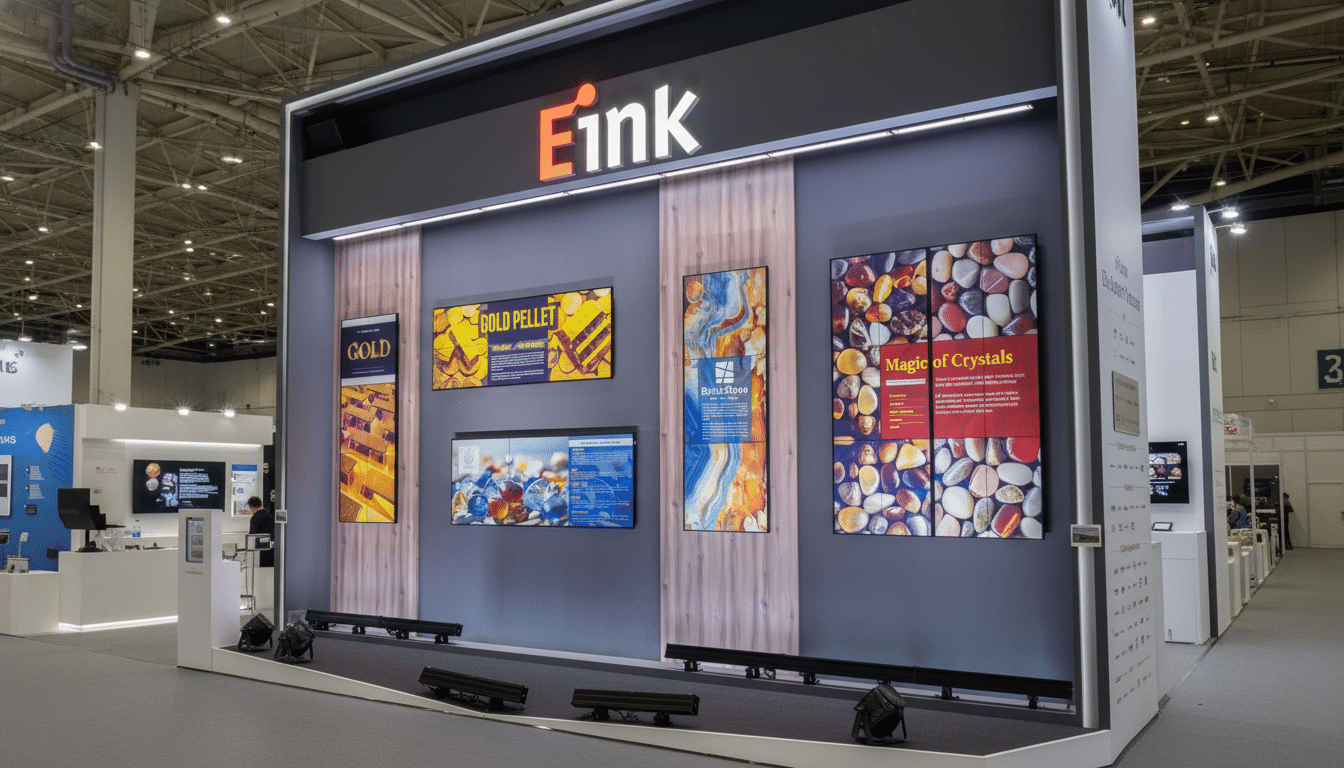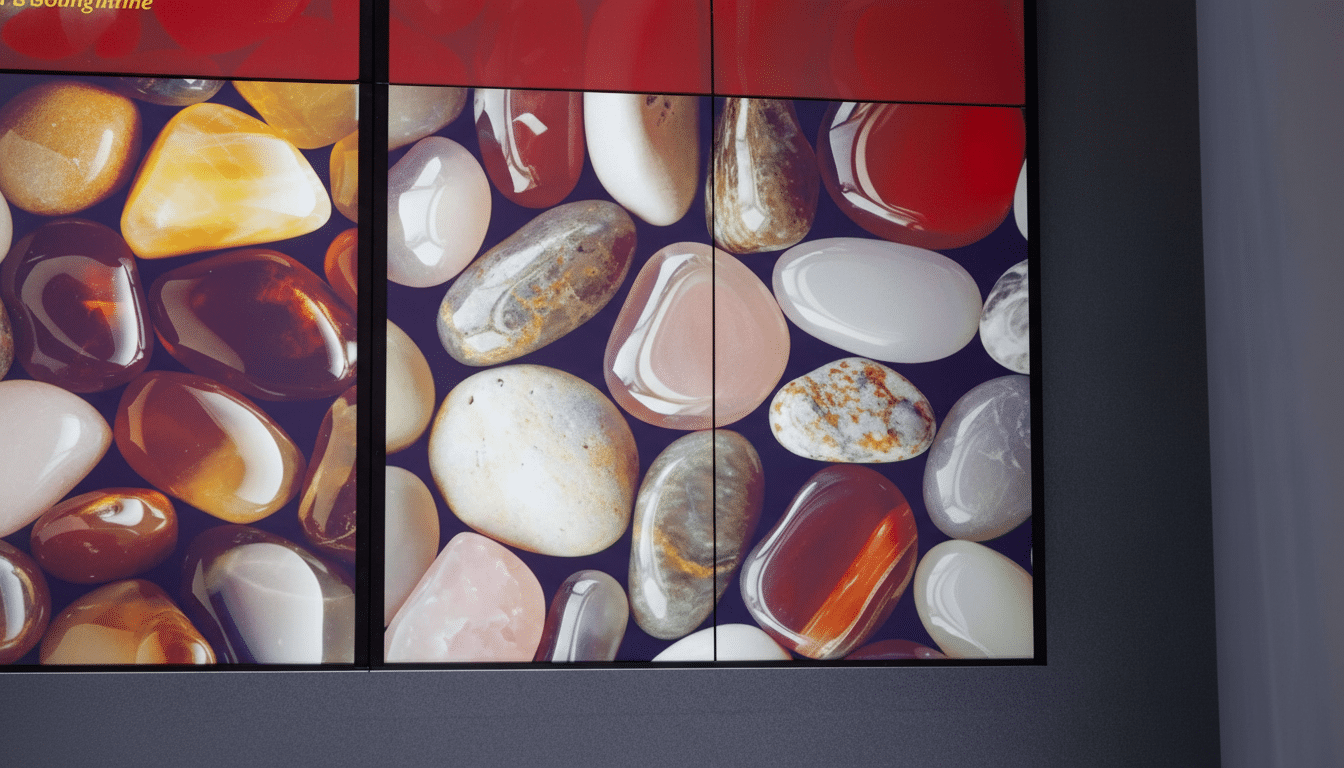Aura’s new Ink frame takes digital photo displays to a very different place, replacing LCD with a color 13.3-inch E Ink panel — and ditching the wall cord.
At $499, it’s designed for people who want a gallery-worthy frame that recedes into a room the way printed art does but can refresh with new memories whenever you feel like.

With this move to color e-paper, Aura is choosing natural-looking images, low power draw, and concern-free reading over souped-up, backlit punch. It’s a conscious favoring of design-led homes “where having a dangly cable is a downer,” Ms. Lane said.
Why E Ink Technology Elevates Digital Photo Frames
The Ink runs on E Ink’s Spectra 6 platform, which is a six-pigment system capable of producing white, black, red, yellow, green, and blue hues. When combined with Aura’s custom error diffusion dithering, the frame can simulate a wide range of tones while maintaining sharp details in skin and skies. E Ink Corporation has been increasingly upping its color contrast and reflectivity; the result here is quite a bit closer to matte prints than it is to a lighted tablet.
And because e-paper draws power only when an image changes, the frame can run on battery for weeks. A spokesperson says normal use is about every three months between charges, depending on how often you refresh photos and how bright the light is set. An evenly illuminating front light, not unlike what you’d find on the latest e-readers, lights up the panel without casting the harsh glare that comes with looking at LCD glass.
There are trade-offs. Color e-paper is less vibrant than LCD, and refreshing images can cause a brief, noticeable flash as pigments rearrange. Aura lessens the pain of that by doing most updates overnight, so you never notice the shift.
Detailed Specs, Design Choices, and Battery Life Explained
The display is 1600 x 1200 at an aspect ratio of four by three on a 13.3-inch canvas, putting it around the 150-ppi range — decent for typical wall viewing distances. The frame itself is 14.1 x 11.4 x 0.6 inches, and comes with wall-mount hardware and a stand as well as a USB-C charging cable, while there’s a discreet status light on the front of it and easy buttons for flicking through pictures in its slideshow.
Materials and finish are deliberately understated: a graphite-tone bezel, paper-textured mat, and protective glass give the impression of a premium print. The frame can be mounted portrait or landscape style, and the front light can be dimmed (or turned off) with help from motion and ambient sensors to save power when no one is around. Users can also configure a daily on/off schedule in the corresponding app.
Cordless is the headline benefit, though bear in mind you will need to charge up periodically. It’s a small price to pay for clean walls, as long as you can handle removing the frame a few times a year, for most homes.
Software, Sharing Features, and On-Device Controls
Aura’s app is still the central hub — families can use it to add pictures to shared albums, curate sequences, and manage how often the frame rotates images. New images sync and apply overnight by default; power users can raise the refresh rate, though it’ll eat more of your battery.

Beneath the hood, Aura’s image pipeline relies on in-house dithering to coax smoother gradients and more accurate skin tones from six pigments.
Co-founder and CTO Eric Jensen has called the team’s work a modern riff on print-era halftoning techniques — old-school math tuned for new-age color e-paper.
If you are more of the set-and-forget variety, though, you can permanently pin a single image on there and it becomes nothing short of a permanent print that you can swap out whenever the mood strikes.
Price, Positioning, and Competing Digital Frames
On the high end of digital frames at $499, the Ink’s quality isn’t necessarily indicative of where it stands in the marketplace. Medium-size LCD displays from companies like Nixplay and Skylight can typically be found for $149 to $299, while wall-sized LCD art display products such as Meural or Samsung’s frame-style TV lines still need a visible power run or an in-wall install. Aura’s pitch is a different one: museum-quality look, matte finish, and independence from power cables.
You are giving up LCD benefits: video playback and ultra-vivid color. But for people who love the look of photographic realism under ambient light and prefer to see walls without cables, e-paper has a strong aesthetic edge combined with lower energy use. Display Supply Chain Consultants analysts have called attention to increasing interest in reflective displays for power-sensitive, always-on applications, and this product speaks to that trend.
Inside Aura’s Strategy and Business Background
Aura was founded by early social networking veterans Eric Jensen and Abdur Chowdhury, and has made its business in private, family-based photo sharing. The company had raised $26 million in 2022 and later secured $60 million in growth capital, reporting profitability alongside “single-digit millions” of frames sold and over a billion photos shared using its app.
The model is deliberately simple — no subscription, unlimited photo uploads — and it combines hardware with a closed sharing circle that’s not backed by advertising. In a time when many photo apps are obsessed with engagement, Aura is investing in a quieter proposition: a frame that acts as art, refreshed at your speed.
The Ink frame is available today through Aura’s online store. For homes with an equal emphasis on decor and tech, this is one of the cleaner paths yet to get that camera roll on your wall — with none of the cord clutter.

